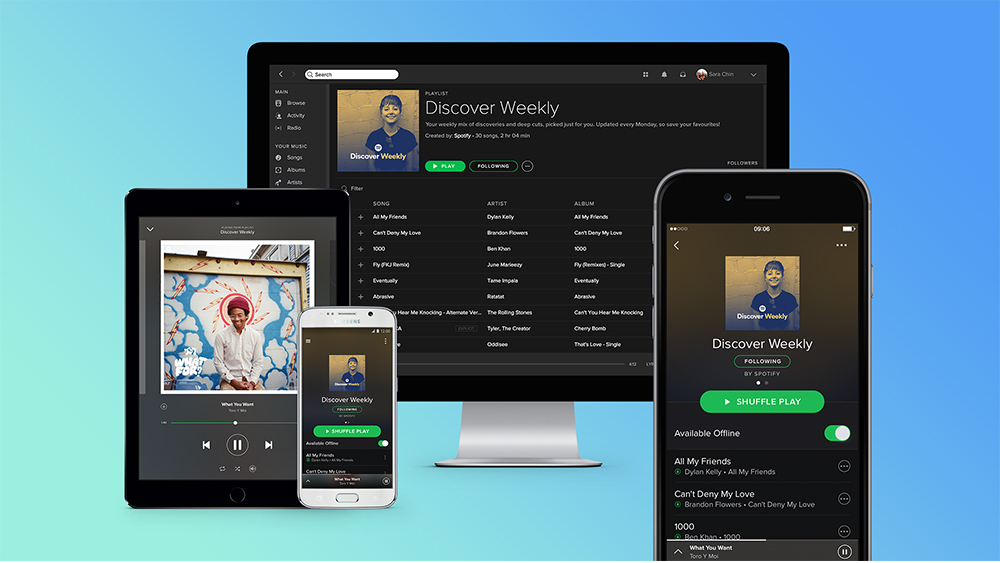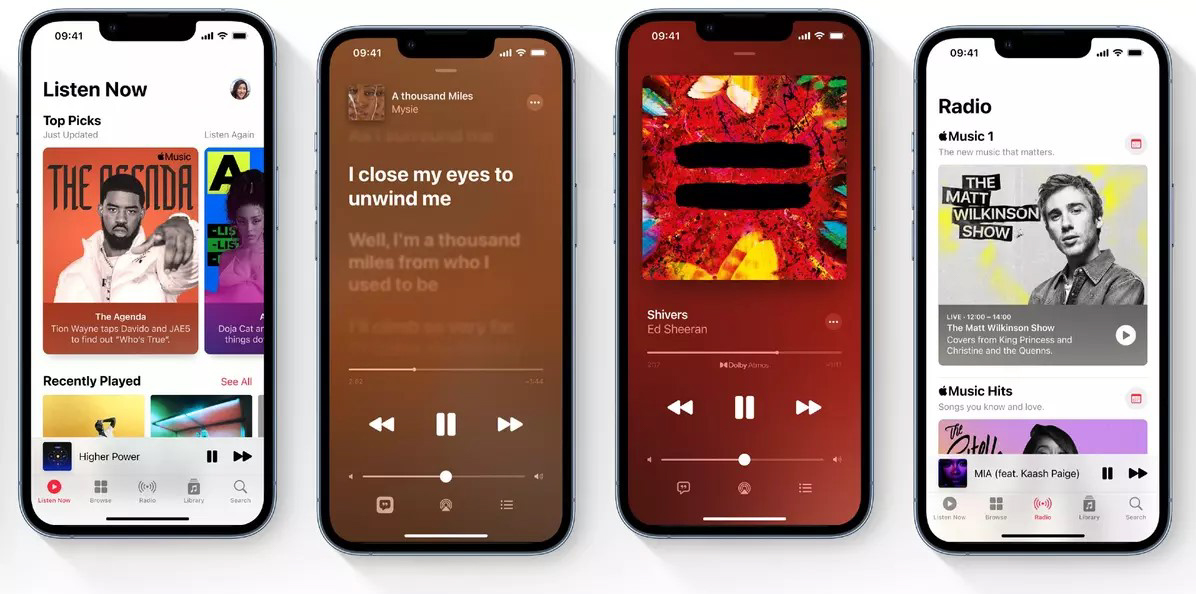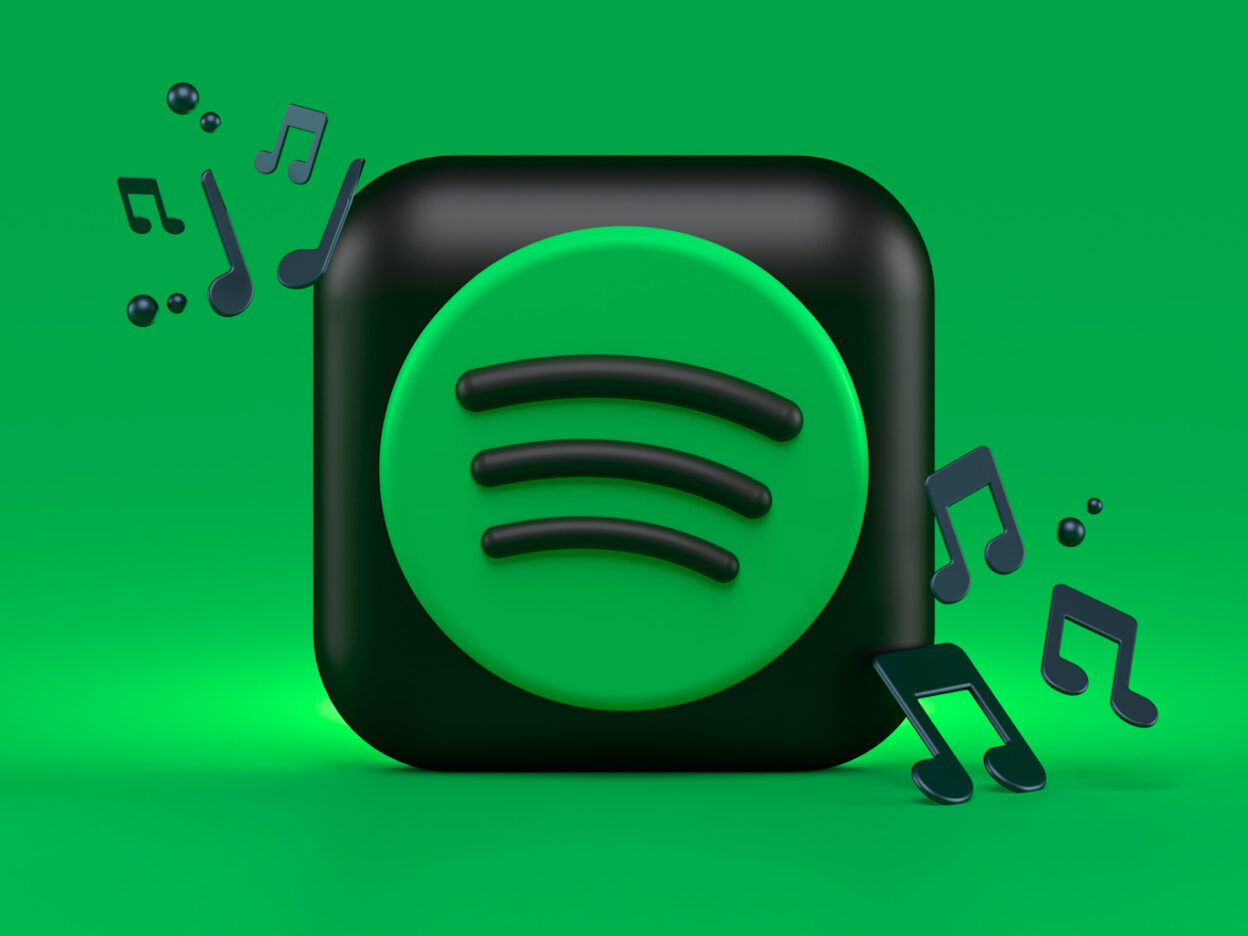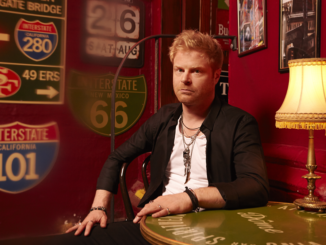The mid-2000s were lean years in the distribution and consumption of popular music. The era of the mighty Compact Disc was over, and record companies scrambled to stem the flow of financial losses as, increasingly, music lovers turned to illegal means to procure their favourite songs and albums.
After all, with the entire history of recorded music at your fingertips, what would you do? Spend fifteen pounds for the latest Jay-Z album, or grab said album plus the entire back catalogue of every Hip Hop artist to ever release a mixtape, for absolutely nothing? In the absence of a viable alternative, millions chose the latter. Enter: Spotify.
Founded in 2006, Spotify would end up changing the course of the music industry to a spectacular degree. For ten pounds a month, that catalogue of the entire history of recorded music is now available, entirely legally, for anyone with access to an electronic device. It would be remiss not to mention the significant cultural impact Napster would have on the music industry when it launched seven years prior in 1999. Providing the music-loving public with a place to download and ‘store’ any song by their favourite artists gave rise to sleeping giant record labels and out-of-touch, rich rockstar caricatures like Metallica’s Lars Ulrich and Dr. Dre. This would only end in a messy blaze of lawsuits and bitter feelings galore. Alas, this is not an article on Napster or music piracy, but it is the significant cultural event in allowing a space to emerge in which tech giants like Spotify and Apple Music not only exist but rule the music industry in 2023.
I have been a committed Spotify listener since near its inception when the free tier version had advertisements so irregular that when they popped up between songs, it was less of an annoyance or push to move to the paid version but rather something more akin to listening to the radio. Since then, however, as the technology developed and subscriber numbers increased, choosing to spend ten pounds per month on this service quickly became one of the easiest financial choices I would make.
Spotify was not a music library like Apple’s iTunes, where you could store your bought and paid-for songs, much like on the physical iPod. Nor was it an online radio tool like Last.fm. Spotify was a streaming service. No longer would the consumer ‘own’ the album or song by an artist, but rather they would subscribe to a model where they, in place of ‘ownership’, would have access to stream any song, any number of times they so desired. For a generation of music lovers, where the iPod let you carry 1000 songs in your pocket, this felt like a natural progression. Apple’s iTunes quickly fell behind as the utility of choice for accessing music, and the tech giant found itself in the unfamiliar position of second best.

In the last number of years, Spotify has capitalised on its position as the market leader and successfully introduced a plethora of features to keep its subscriber base on side. Most people will be familiar with concepts like Spotify artist or song ‘Radio’, where the ‘algorithm’ will procure carefully chosen songs and place them in your queue based on past listening behaviour. ‘Discover Weekly’ has become so finely tuned to listeners’ habits that for me personally, I have discovered far more new acts through the predictive playlist than I ever did as a teenager hoking through the CD racks of HMV or Golden Discs. ‘Spotify Wrapped’ has also become a yearly, social media-friendly hot topic, where Spotify will neatly gift wrap your yearly listening statistics, from top played songs to most favoured bands or artists, all in an Instagram-friendly, media-ready package that you can show off to your friends and followers. What’s not to love?
Apple Music, founded in 2015, has attempted to challenge Spotify’s music streaming hegemony. However, rather than try to beat the Swedish tech powerhouse at its own game, Apple has taken a different approach. Rather than focusing on expanding its content offerings like adding podcasts or audiobooks – Spotify paid $200m to acquire the services of Joe Rogan and $20m for Prince Harry and Meghan Markle’s musings – Apple, perhaps predictably, has sought to focus its energies on ensuring the best possible listener experience. Sound quality has become the major feature of Apple Music, and as a recent convert from the green and black clutter of the Spotify user interface to the clean and crisp pink and white of Apple Music, I can tell you they are succeeding in that arena.
Spatial audio is Apple’s product for its holistic 360-degree sound technology, providing listeners who choose to use Apple-branded headphones or earbuds an immersive listening experience similar to that found in a cinema. As your head and body move, so too does the sound around you. Dolby Atmos is the industry standard when it comes to this type of immersive sound technology and the basis on which Apple’s spatial audio product is based. Both technologies let the listener experience music in such a way that it mimics the effects of being at a live concert. However, as you might have guessed – this is only available should you decide to enter the Hotel California of the expensive and expansive world of the Apple ecosystem.
As previously mentioned, where Apple has sought to enhance the music listening feature of its service (after all, the fundamental aspect of music consumption), Spotify is now in the very different business of content creation. Where Apple Music looks to Dolby Atmos, Spotify looks to Netflix for inspiration, and not always to great success. In June of this year, Bill Simmons, Spotify’s head of podcast innovation and monetisation, labelled Prince Harry and Meghan, Duchess of Sussex ‘grifters’ after nixing their $20m podcast deal after only 12 episodes. Truly, at this point, we are through the looking glass when we talk about a ‘music streaming service’.
It is not surprising to me that Spotify has a ‘head of podcast innovation’. In the last year, I, and many others will have noticed suggested and recommended podcasts and audiobooks amongst their favourite albums and artists. To an already cluttered-looking interface, it became confusing and frankly annoying being constantly pointed towards the next ‘cool’ celebrity podcast when I was just looking for that Jay-Z album from 2009.
This is not to say I don’t enjoy listening to podcasts – I am a fan. However, the homogenization of music and podcasts as one media entity is not as seamless to me as it apparently is for Spotify executives. This is an area where Apple Music’s focus on all things sound and music makes sense; they have separate products and applications for both forms of media – Apple Music and Apple Podcasts. Frankly, this is one of the main reasons I made the switch from Spotify to Apple Music after more than ten years. So much was my exasperation with the Spotify app I cancelled my premium account and, with it, my carefully curated playlists, my ‘Discover Weekly’ and finely tuned algorithm, in favour of the clean, simple and easy approach of Apple Music: artists and albums.

In the two months since I cancelled Spotify and signed up for Apple Music, I must admit I do miss the impressive features only found on the former service. While Apple Music has some predictive technology and ‘recommended’ features, these are not nearly as acute or harmonious as those embedded in Spotify. Again, in its defence, this is not the business Apple Music is in; it is more consciously catered to audiophiles, a grouping of sound obsessives, a part of which I am not.
I miss my Discover Weekly, I miss my hours-long playlists I curated over the last ten years. And when it comes down to it, although I prefer Apple Music’s streamlined approach, I have noticed a dramatic fall in the number of new artists I have discovered through its service. In fact, to be exact, I have discovered none. That is, currently, at least, the terminal fault of Apple Music. After all, being a music fan is not about how one technology company chooses to model its product or how immersive its sound technology can be. To me, it is about discovering new music to fall in love with, and for that, there is only one place to go: Spotify.





Be the first to comment